Weekly wild news from our reserves – 2 September 2022
Early autumn at Lackford Lakes - Michael Andrews
Miscophus bicolor is the rarest wasp in the UK. There are only four records for the country, and all of these are in Suffolk. Visitor Officer and Entomologist Hawk Honey was thrilled to spot this one at Lackford Lakes this week. These wasps prey on spiders, although it remains a mystery which species of spider – Hawk says he’s determined to find out!
Michael Portillo visits Lound Lakes
Lound Lakes Warden Andy Hickinbotham had a visit from Michael Portillo and the BBC to film ‘Great British Railway Journeys’. Andy gave a fascinating interview on the geography, history and conservation management of this wildlife rich reserve. We look forward to watching the final cut!
Square shouldered shield bug
This handsome forest bug was spotted by Warden Dan Doughty at Church Farm this week. At first glance, the forest bug appears similar to the other 'spiked' shield bug species; however, its distinctive shoulders are squarely cut and rounded at the front, rather than being pointed. Forest bugs can be found in woodlands, feeding on the sap of deciduous trees, particularly oaks growing along sheltered woodland edges or in clearings.
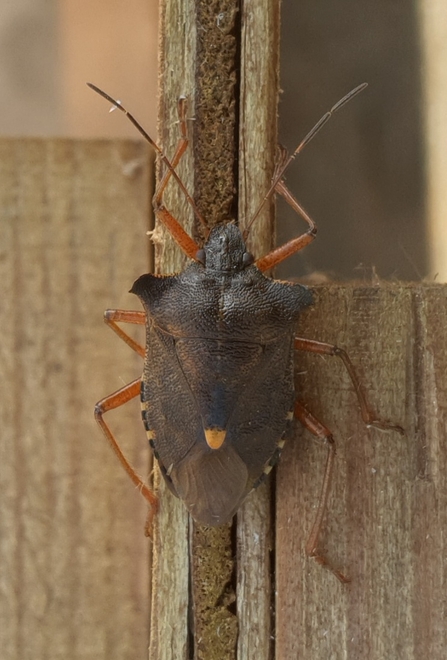
Forest Bug at Church Farm – Dan Doughty
Underwater wonders
Our family dyke dipping event at Carlton Marshes uncovered a myriad of impressive underwater creatures! This included three water stick insects, a great diving beetle, a silver water beetle, a large water scorpion, hawker dragonfly nymphs and several leeches. A big thank you to Sue Westoby for her captivating photos and for volunteering at the event.
Hide and seek
Broads Warden Lewis Yates and his team almost disappeared into the greenery on their journey to top the fen at Castle Marshes! They plan to trim the branches along the track in winter, when there is less chance of disturbing birds and other wildlife.
Icelandic godwit keeps returning
A black tailed godwit was seen at Hen Reedbeds this week, you can spot it at top left of the photo below. The ring information for this bird has revealed it has travelled from Iceland to Suffolk multiple times, with 68 sightings since 2008! Many thanks to David Borderick for capturing this image and sharing it with us.
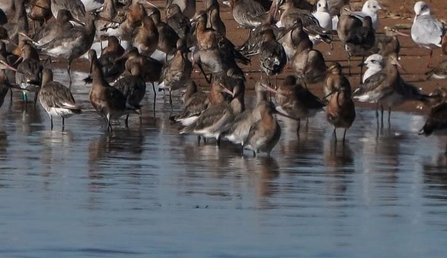
Black tailed godwits - David Borderick
Scrapes almost completed
The Broads Authority have been finishing up their scrape creation on Peto's Marsh this week. The new dips will create variation in the newly forming reedbed that will benefit breeding and wintering birds. They used the resulting material to finish river wall adjustments at the end of the marsh, which will have the added benefit of protecting the reserve from future tidal surges.
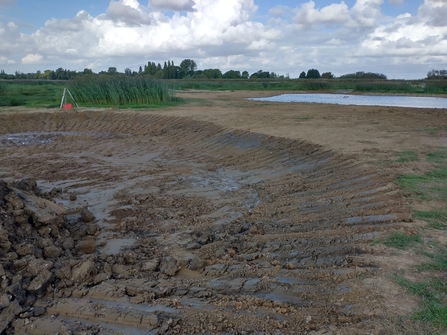
Peto’s Marsh scrapes – Lewis Yates
Is it a spider...?
Broads Warden Lewis Yates spotted this eight-legged beasty on a gate post recently. This is a type of arachnid called a harvestman, which differs from a spider as it has one body segment instead of two and lacks silk glands and so does not build webs.
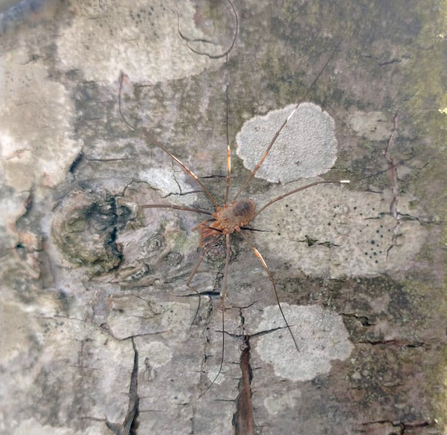
Harvestman – Lewis Yates
First wasp spider
This wasp spider is the first ever recorded at Darsham Marshes, many thanks to volunteer surveyor Paul Wilson for discovering it and taking these striking photos. Originally from southern Europe, the wasp spider was first recorded in the UK in East Sussex. It is thought the warming climate has resulted in their breeding success in southern counties, and they are gradually spreading northwards.
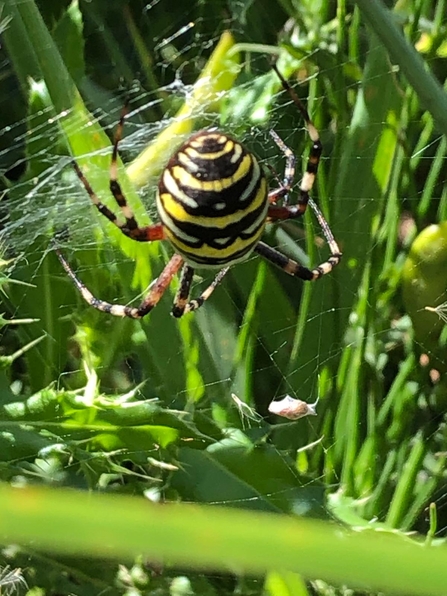
1st wasp spider recorded at Darsham Marshes - Paul Wilson
Early signs of autumn
Lackford Lakes Visitor Officer Mike Andrews has noticed some early signs of autumn on the reserve. Leaves have turned and fallen early, and several bushes are bearing fruit already. Also, this willow emerald damselfly was seen.
Bogbean
Warden Richard Young snapped these bogbean leaves which are trifoliate, having three oval leaflets. When the plant is in flower spikes of white and pink grow above the water on tall stems. One local name for this species, 'bog hop' refers to the use of bogbean, instead of hops, to flavour beer in Northern England and parts of Europe.
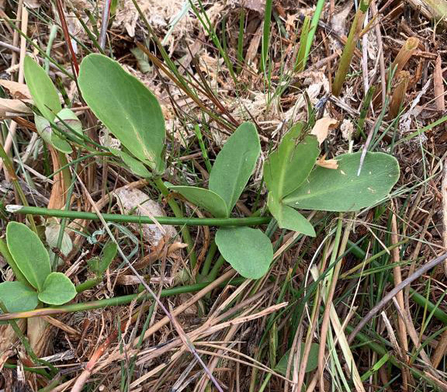
Bogbean at Hopton Fen – Richard Young













